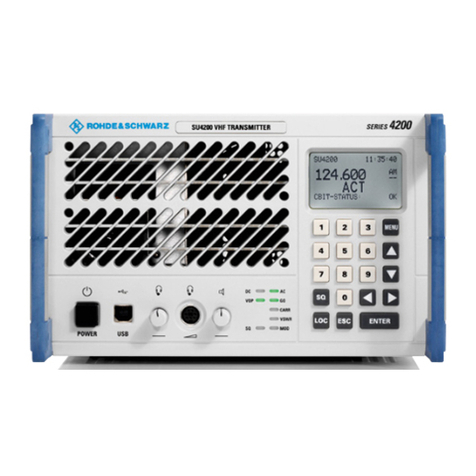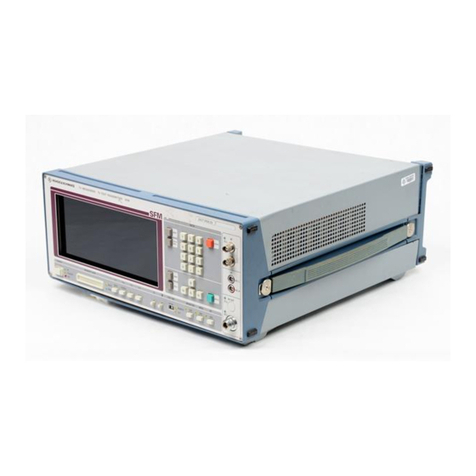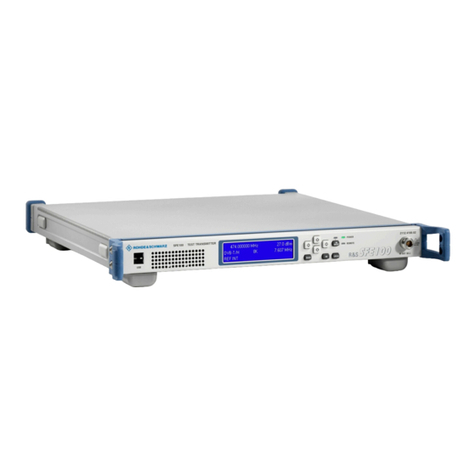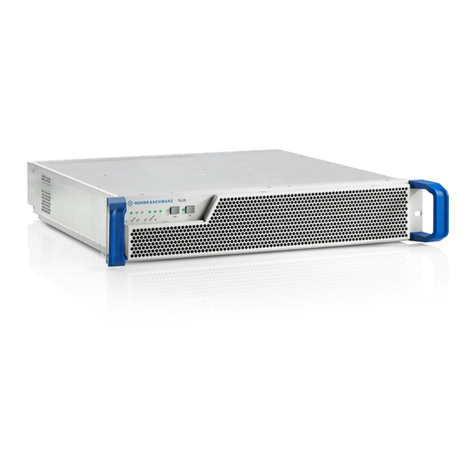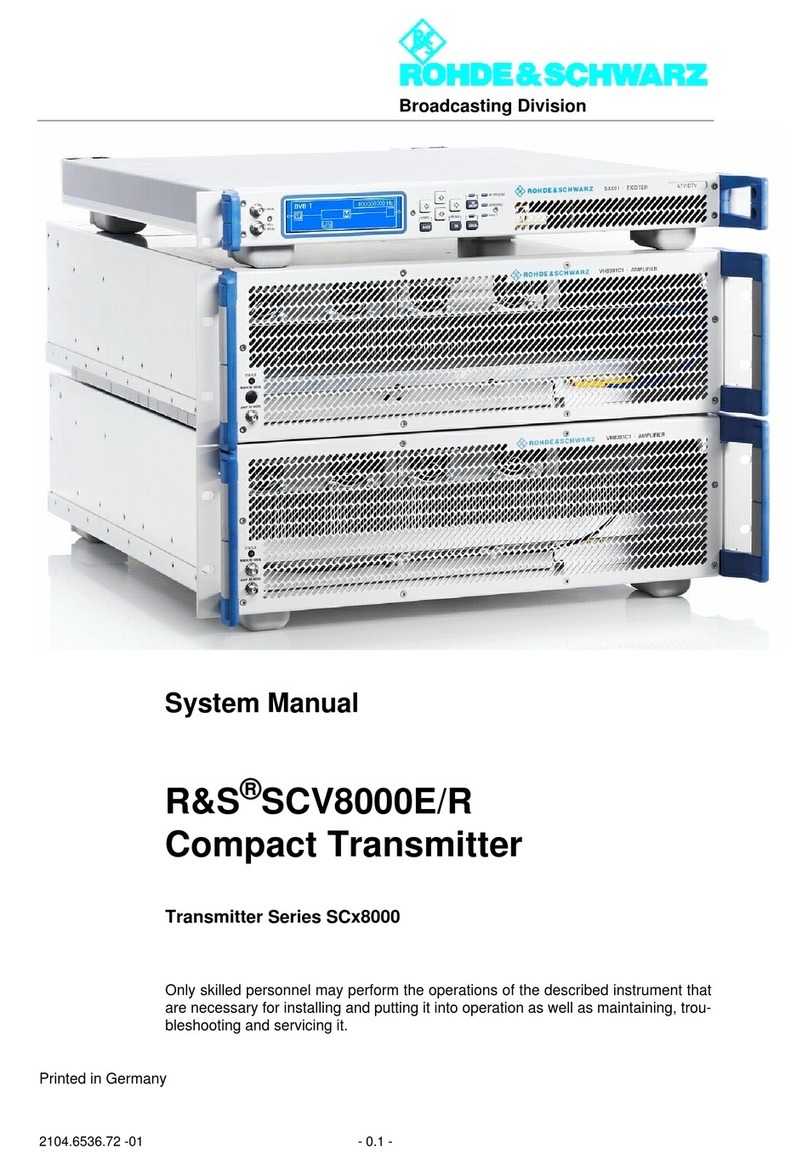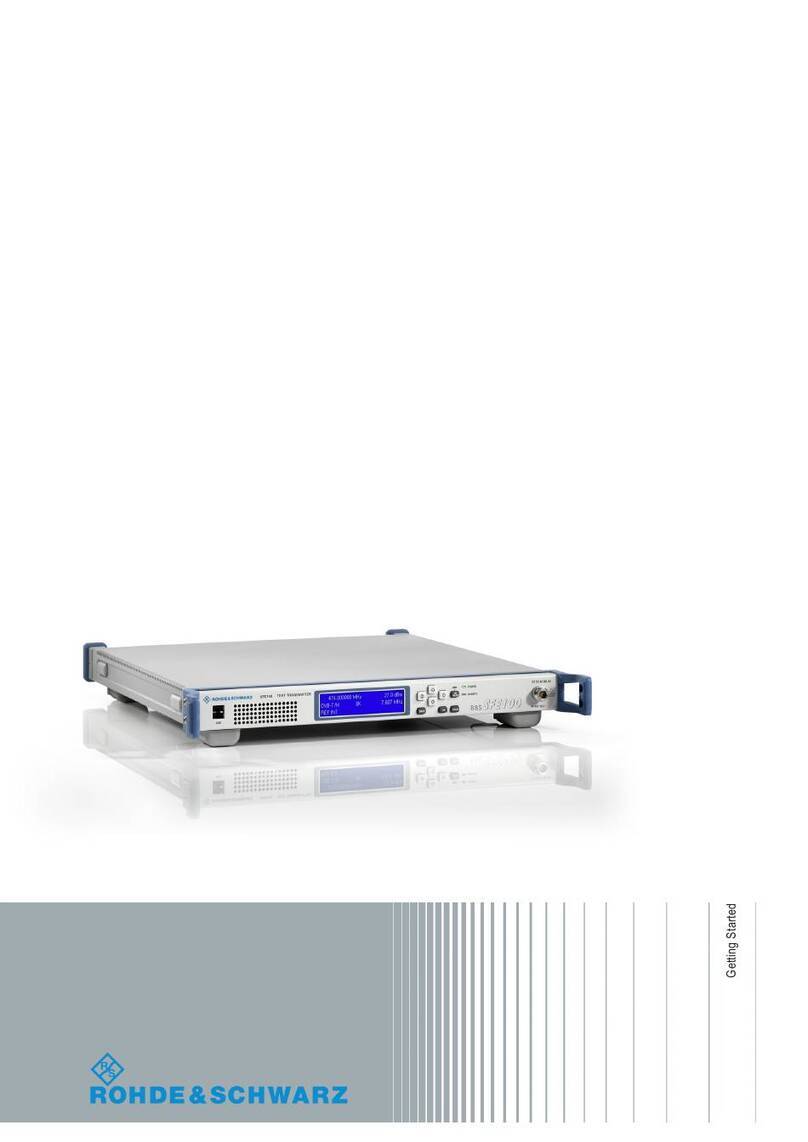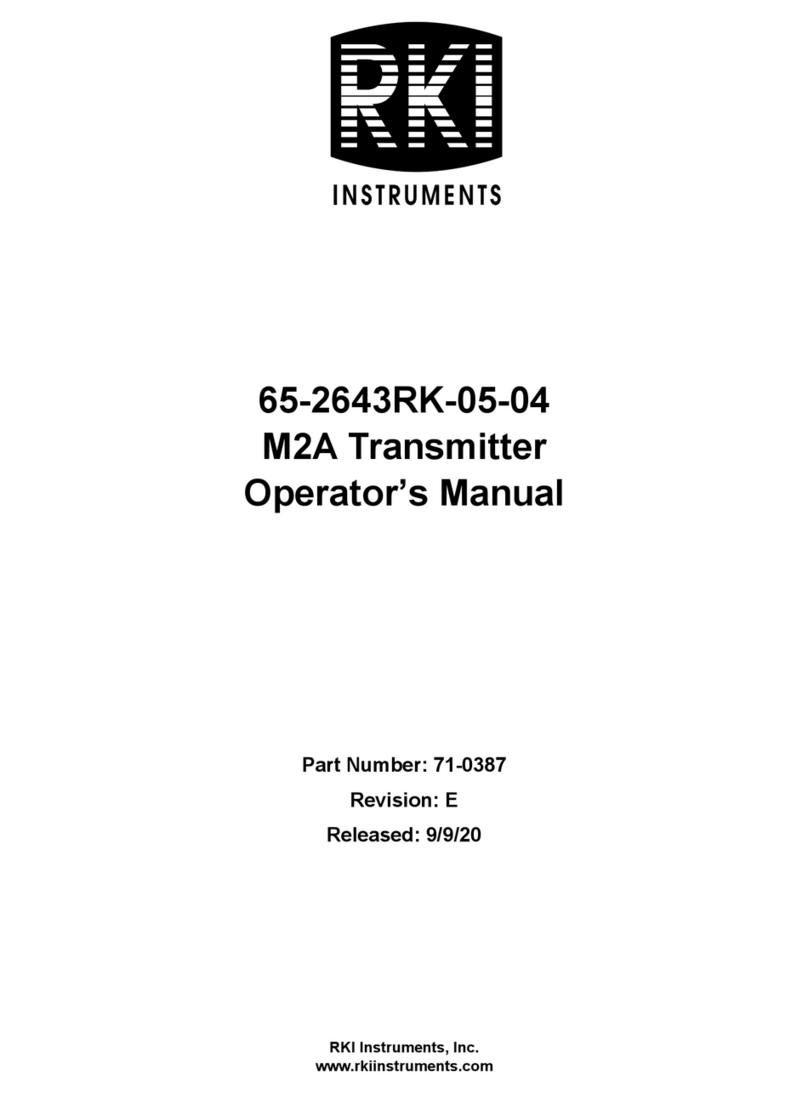
5300.9302.03CED/E-2
KONFORMITÄTSERKLÄRUNG gemäßdem Gesetzüber FunkanlagenundTelekommunikationsendeinrichtungen(FTEG)
und der Richtlinie1999/5/EG(R&TTE)AnhangV, zertifiziert durchdieBenannteStelleCETECOM ICTServicesGmbH,
Reg. Nr. Q812137N
DECLARATIONOF CONFORMITY in accordancewiththeRadioandTelecommunicationsTerminalEquipment Act(FTEG)andDirective
1999/5/EC(R&TTE Directive)Annex V, certified bytheNotified Body CETECOMICTServicesGmbHGermany, Reg. No. Q812137N
Zertifikat-Nr.:/CertificateNo.: 2008-11
Hiermitwirdbescheinigt,dass dieFunkanlage
Thisistocertifythattheradioequipment
Gerätetyp
EquipmentType Materialnummer
Stock No. Benennung
Designation
SR8130 5300.9302.03VHFFMTransmitter1,3KW
SR8250A5300.9502.02VHFFM-Transmitter2,5KW(2X1,3KW)
VU813 5300.9519.02Amplifier1,3KW
Geräteklasse: / Equipment class: 2.10 (Broadcast transmitters)
beibestimmungsgemäßerVerwendung den grundlegenden Anforderungen des§3und den übrigen
einschlägigen Bestimmungen desFTEG(Artikel 3derR&TTE)entspricht.
complieswiththeessentialrequirementsof§3andtheotherrelevant provisionsoftheFTEG(Article3oftheR&TTE
Directive), when usedfor itsintendedpurpose.
•Gesundheit und Sicherheit gemäß §3(1)1(Artikel3(1)a))
•Health and safetyrequirementspursuantto§3(1)1(Article3(1)a))
•Schutzanforderungen inBezug auf dieelektromagn.Verträglichkeit §3(1)2, Artikel 3(1)b))
•Protection requirementsconcerning electromagneticcompatibility§3(1)(2), (Article3(1)(b))
•Maßnahmenzureffizienten Nutzung desFunkfrequenzspektrums
•Measuresfortheefficientuseoftheradiofrequencyspectrum
•LuftschnittstellebeiFunkanlagen gemäß §3(2)(Artikel 3(2))
•Air interfaceoftheradiosystemspursuantto§3(2) (Article3(2))
AngewendeteharmonisierteNormen:
Harmonized standardsapplied: EN60215 : 1989 +A1: 1992 + A2: 1994
ETSIEN301489-1V1.6.1(2005-09)
ETSIEN301489-11 V1.3.1(2006-02)
ETSIEN302018-2V1.2.1(2006-03)
Einhaltung dergrundlegenden Anforderungen aufandereArt
und Weise(hierzuverwendeteStandards/Spezifikationen):
Othermeans ofprovingconformitywiththeessential requirements
(standards/specificationsused):
Rec.1999/519/EG;26. BImSchV
Anbringung desCE-Zeichensab: 2008 / AffixingtheEC conformitymarkasfrom2008
ROHDE&SCHWARZ GmbH&Co. KG
Mühldorfstr. 15, D-81671 München
München, den 11. März2008 ZentralesQualitätsmanagementMF-QZ/ Radde
Munich, 2008-03-11 Central QualityManagement
